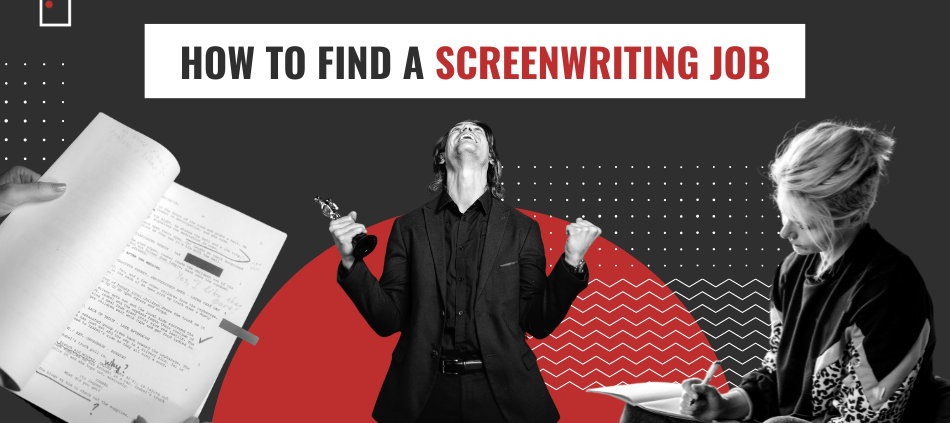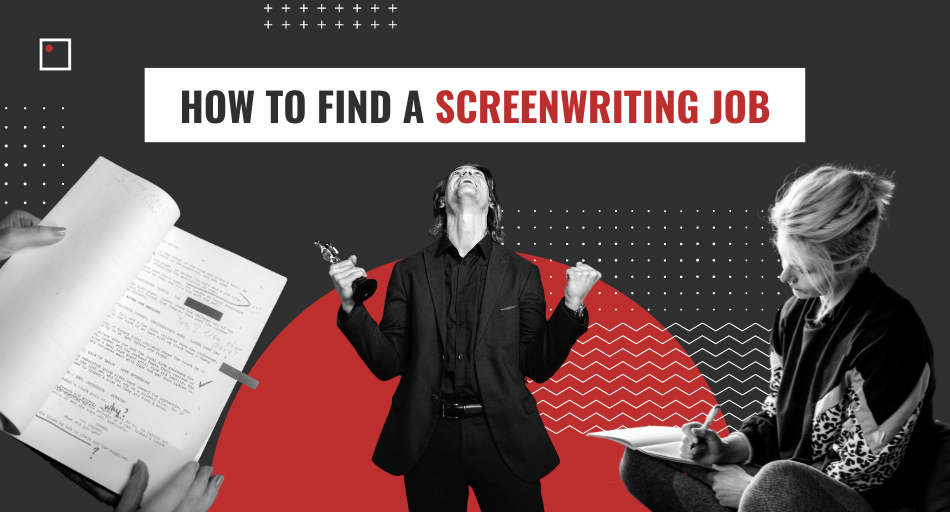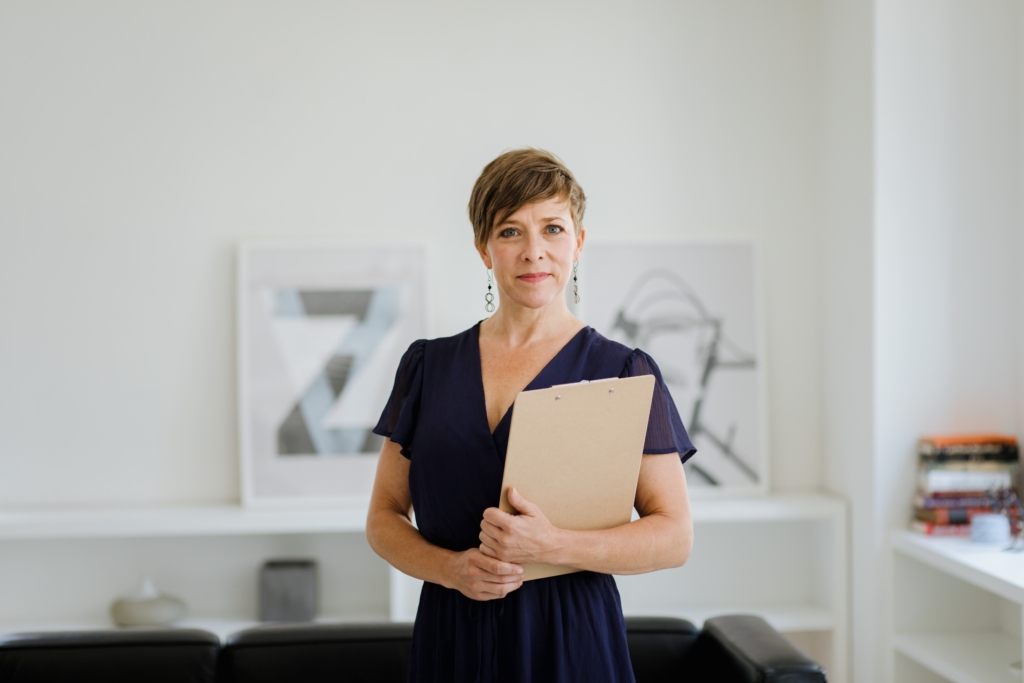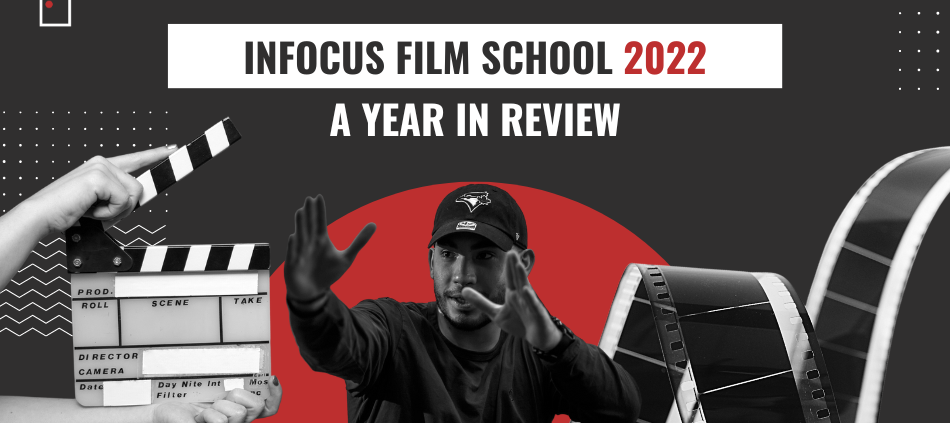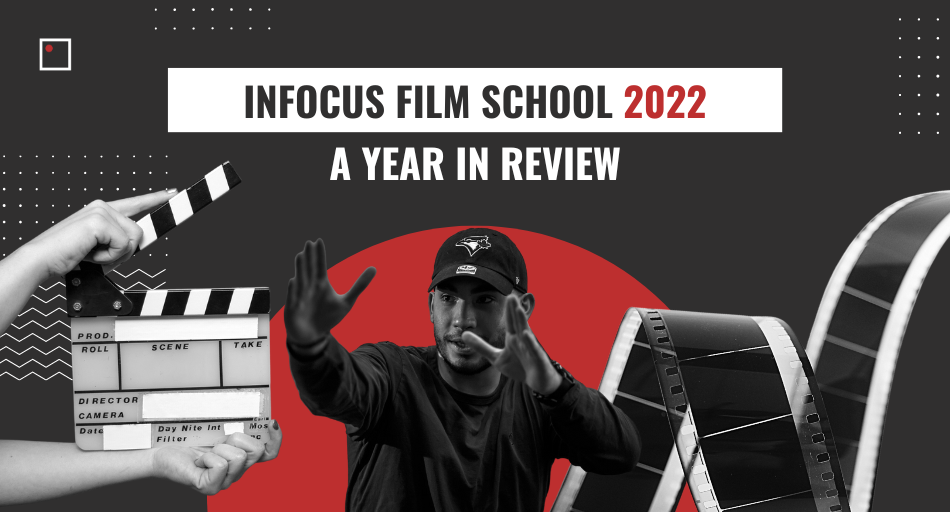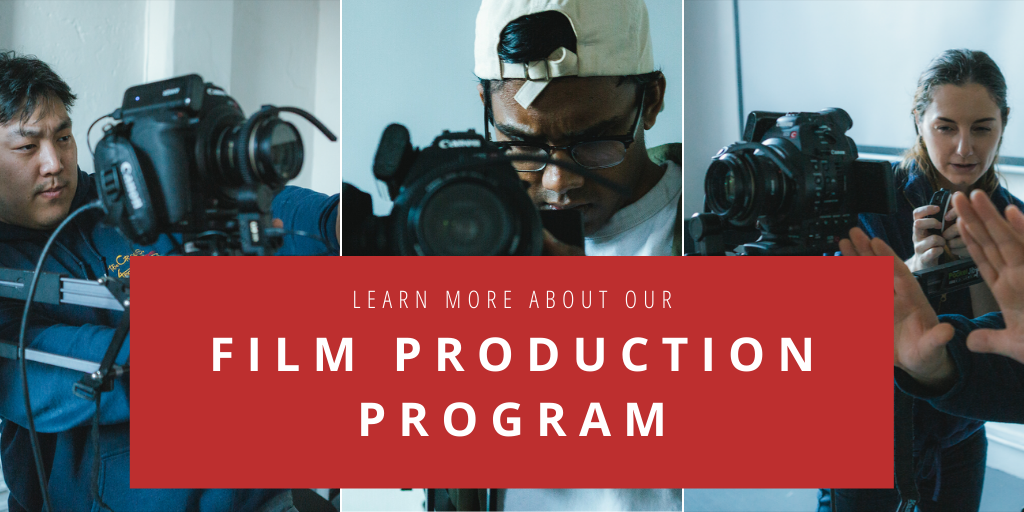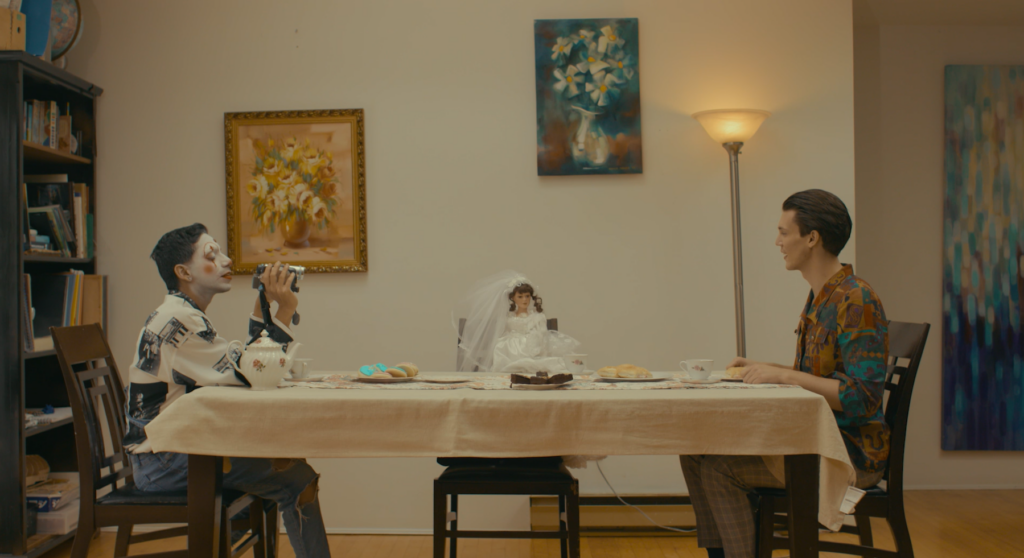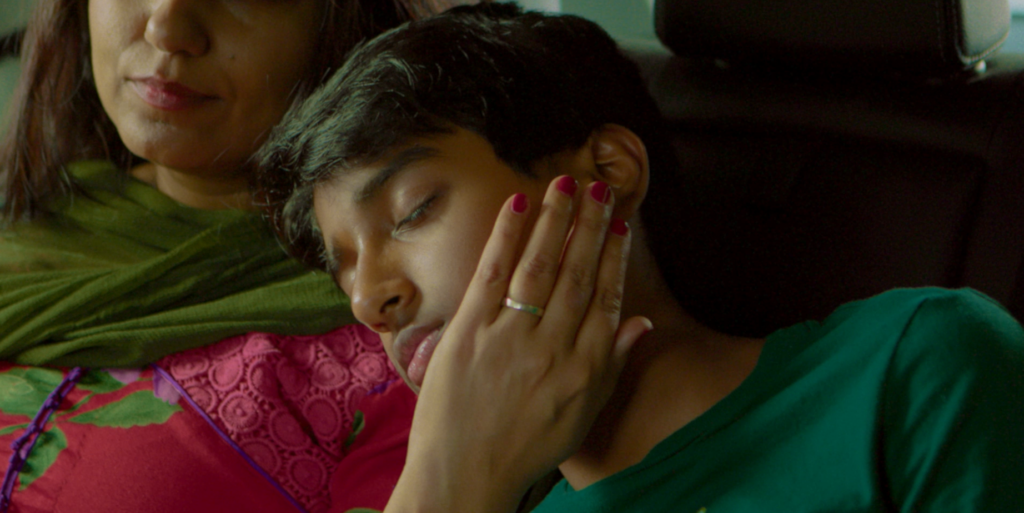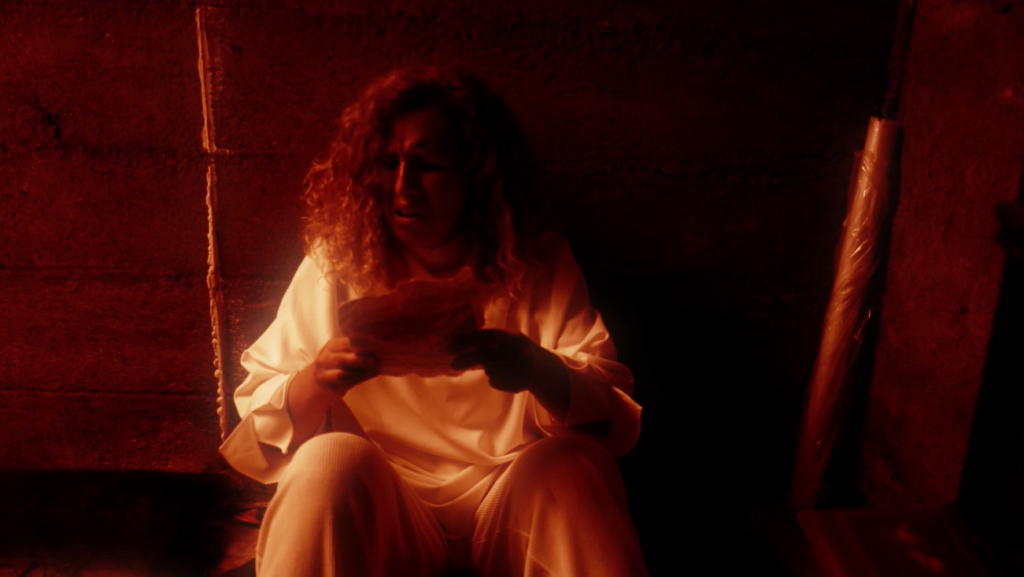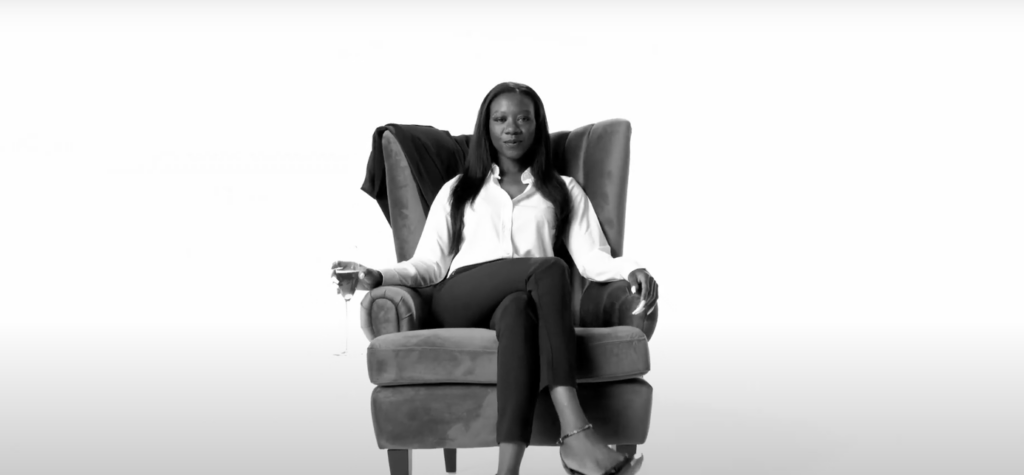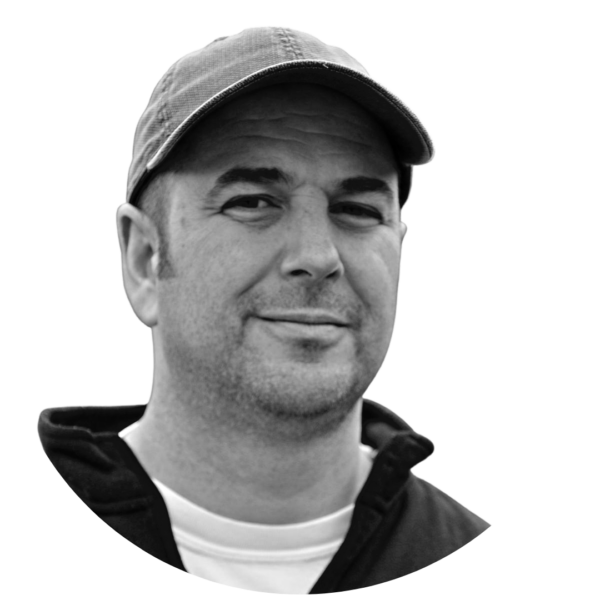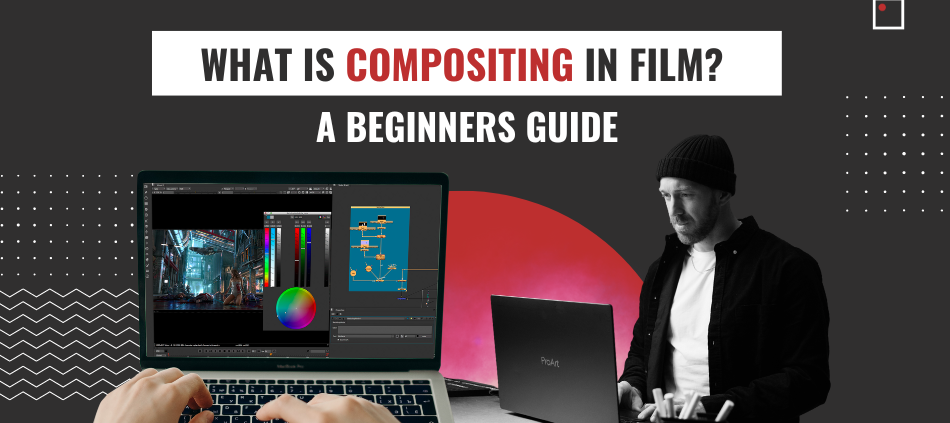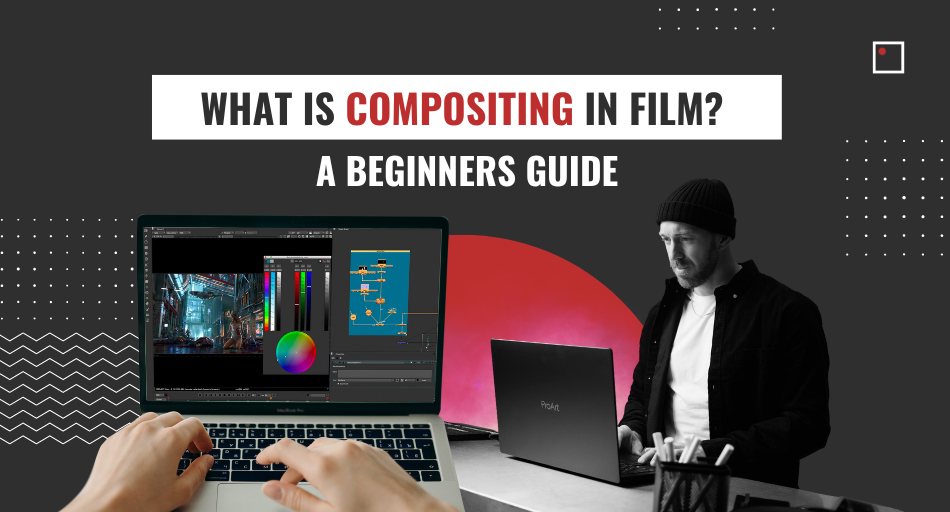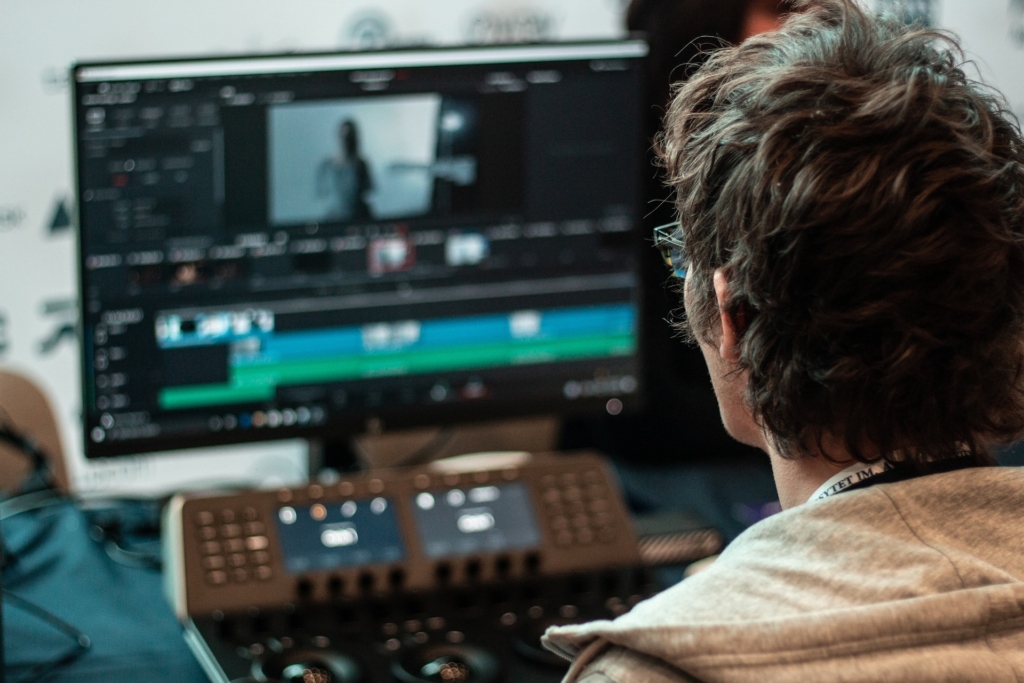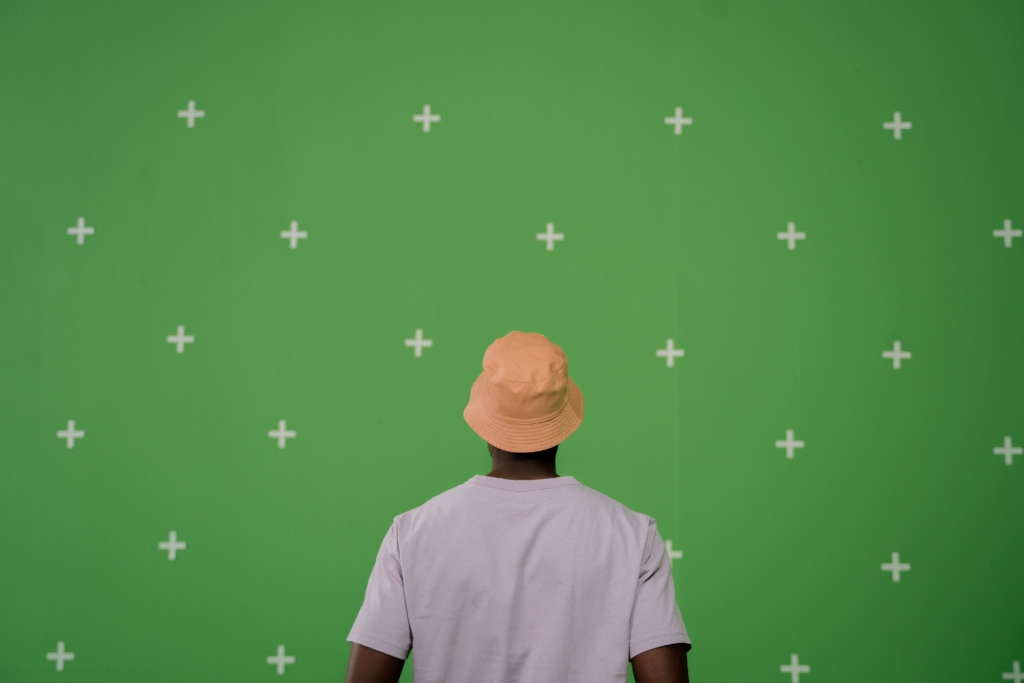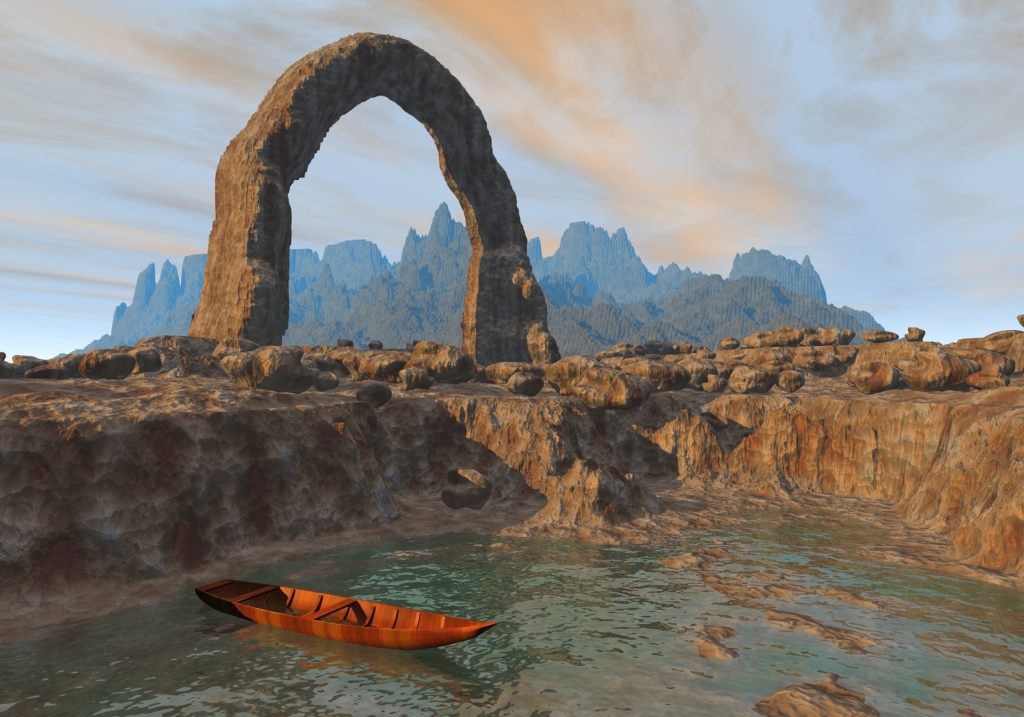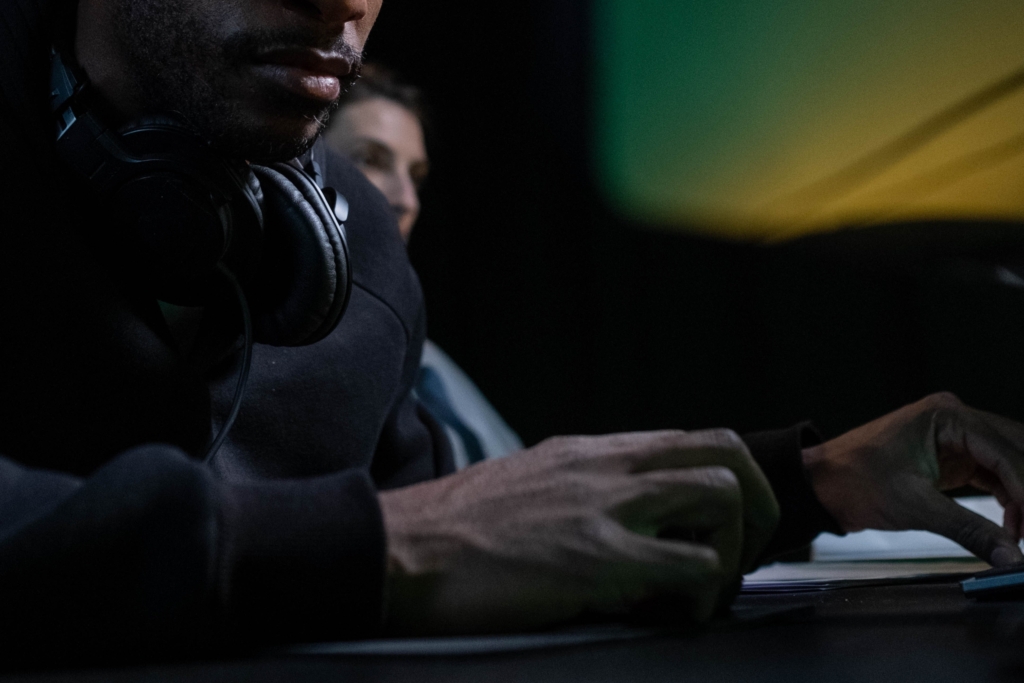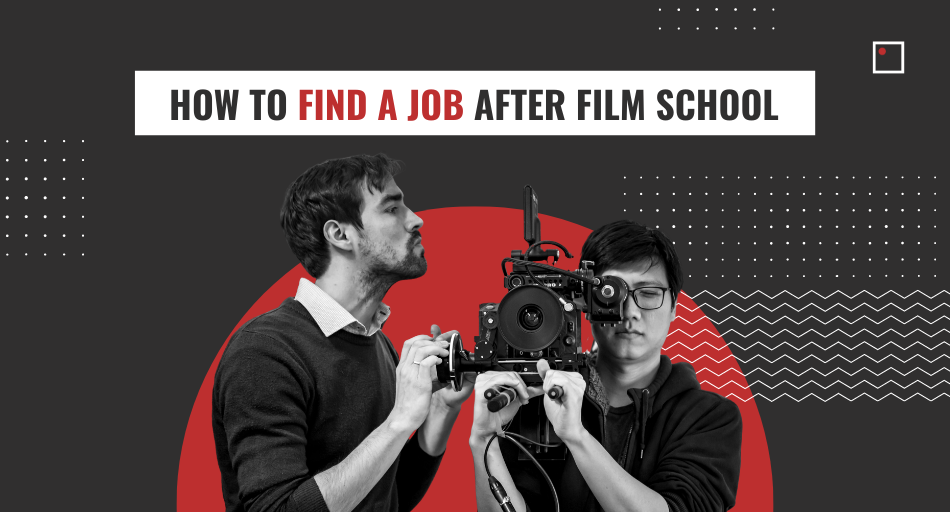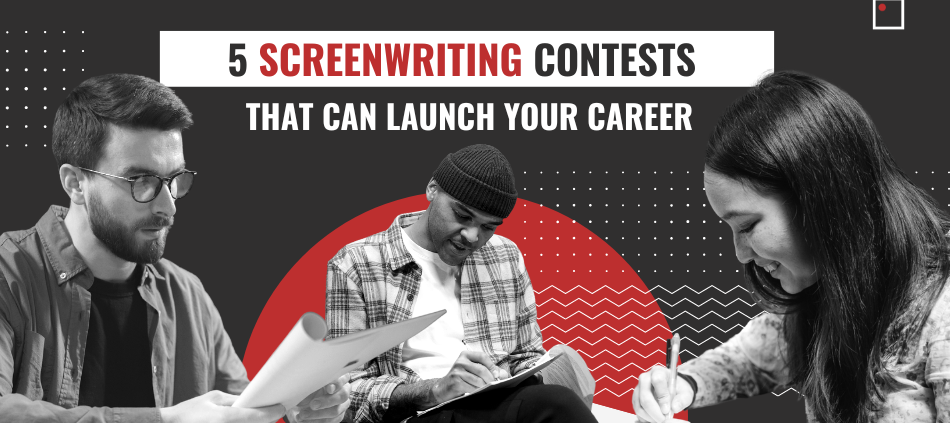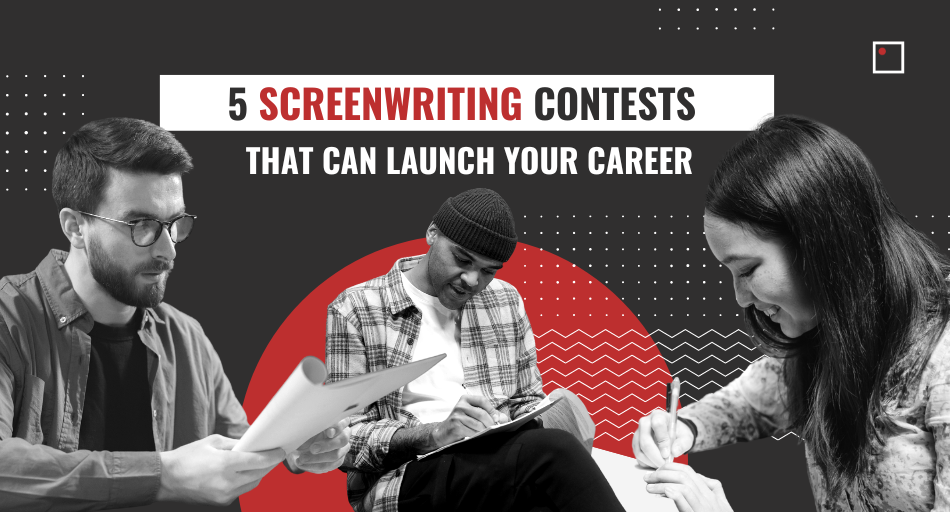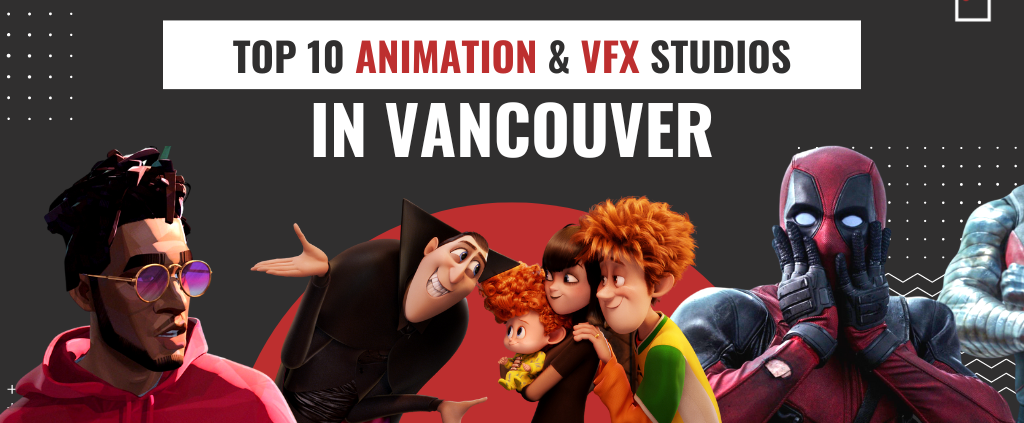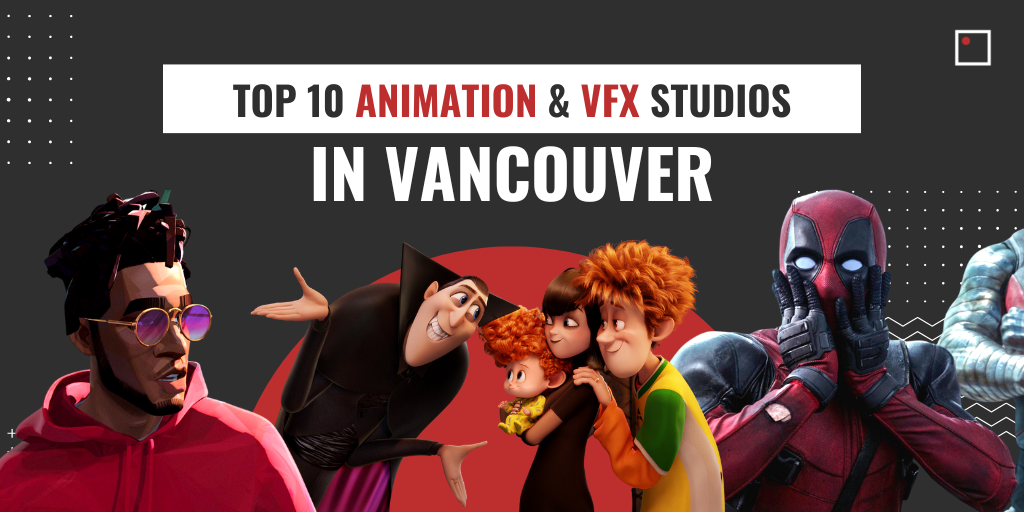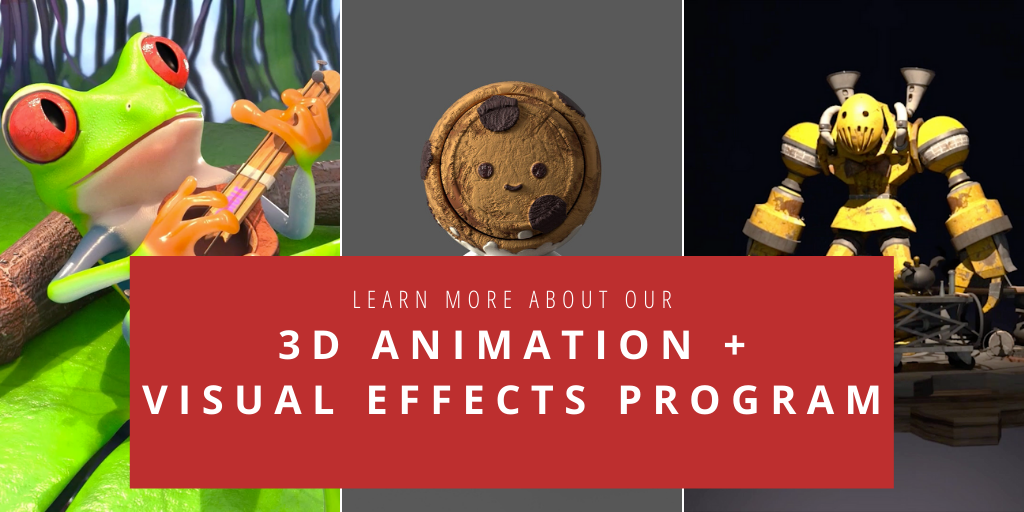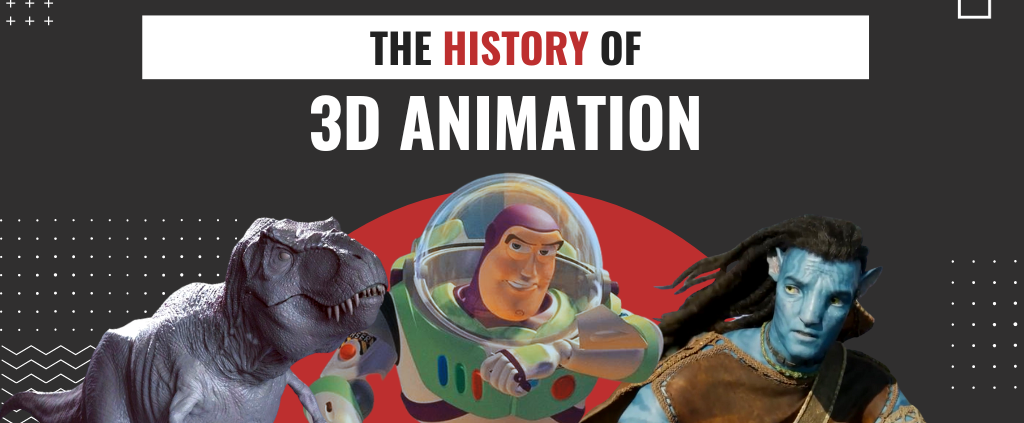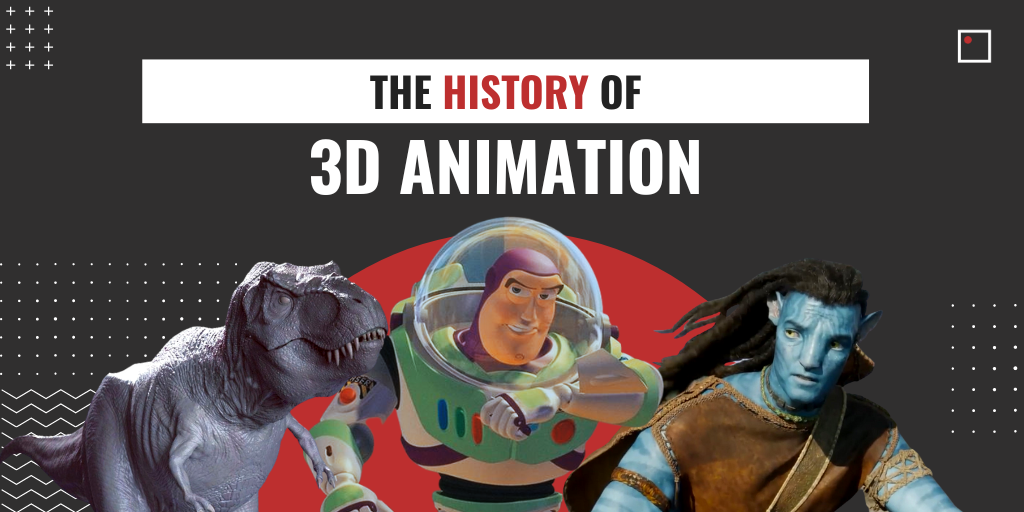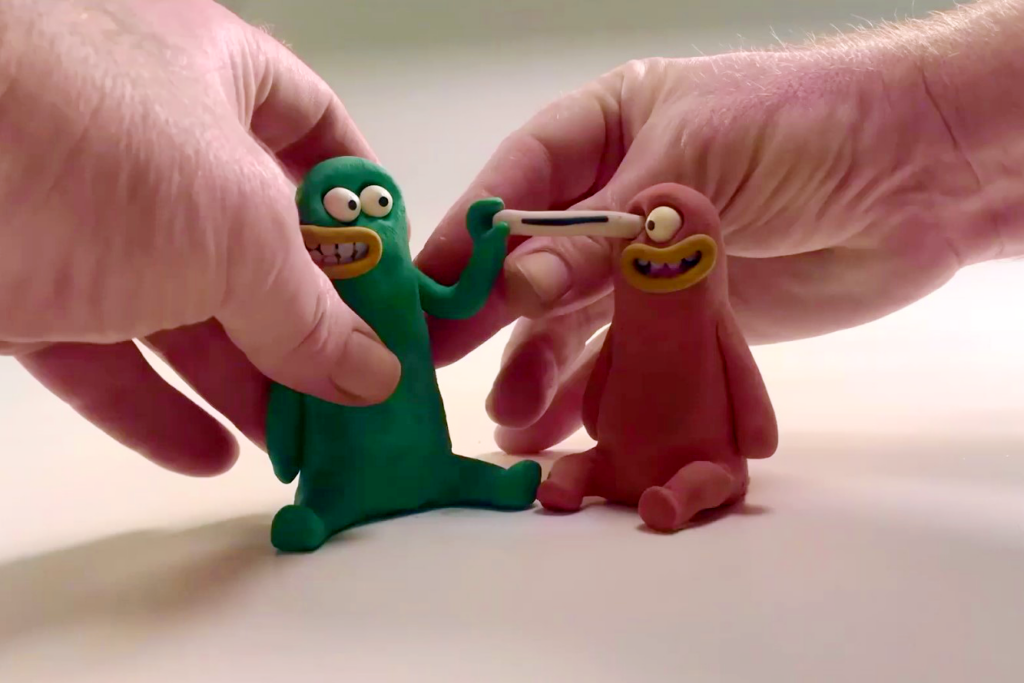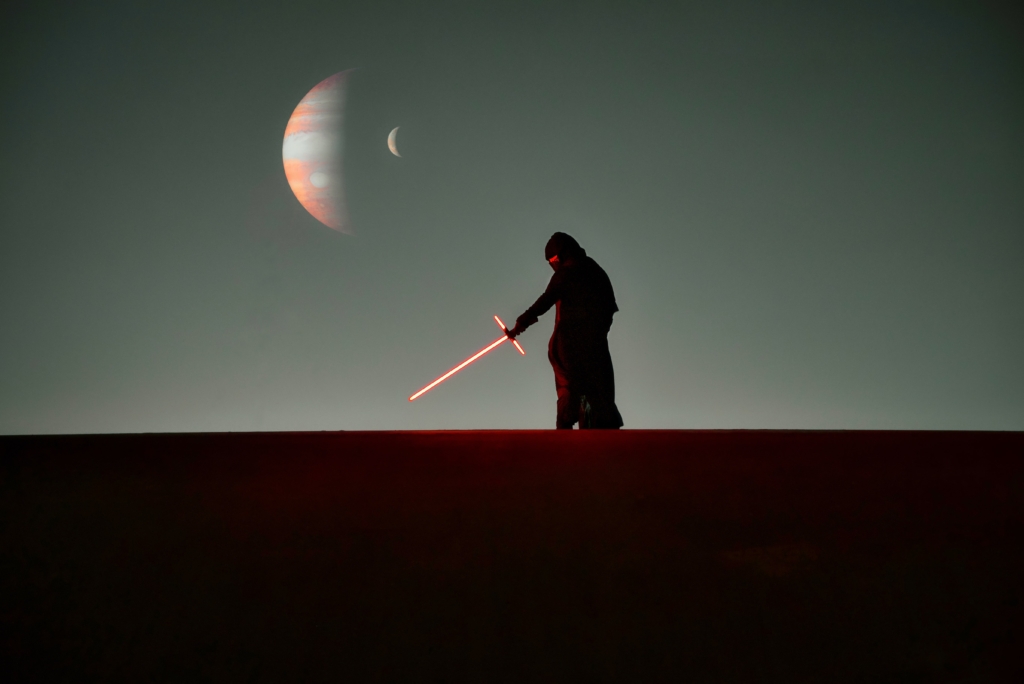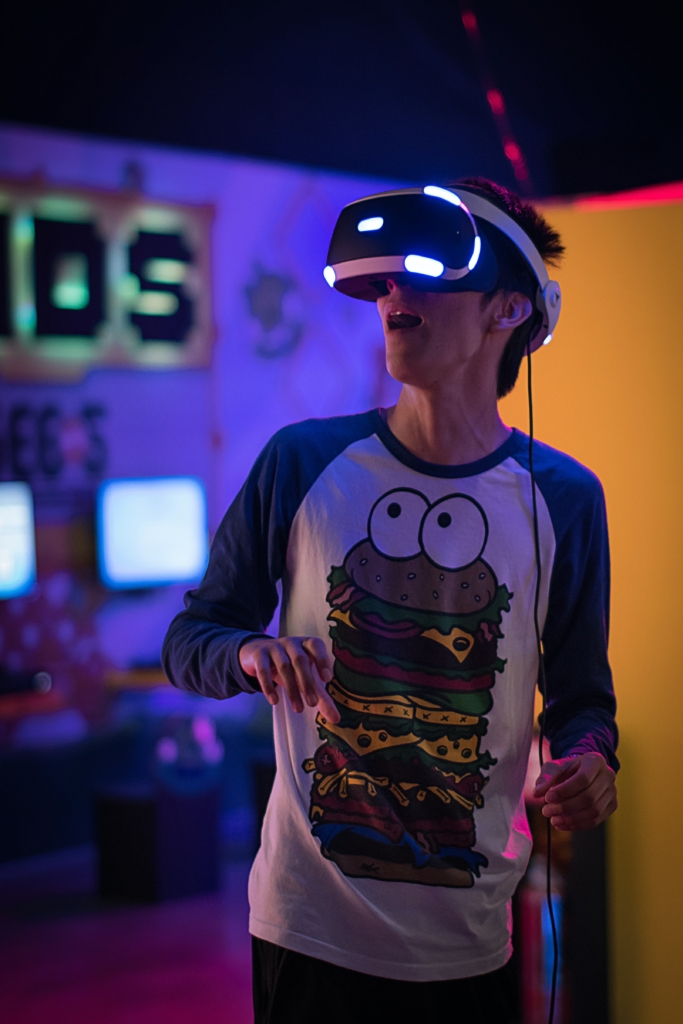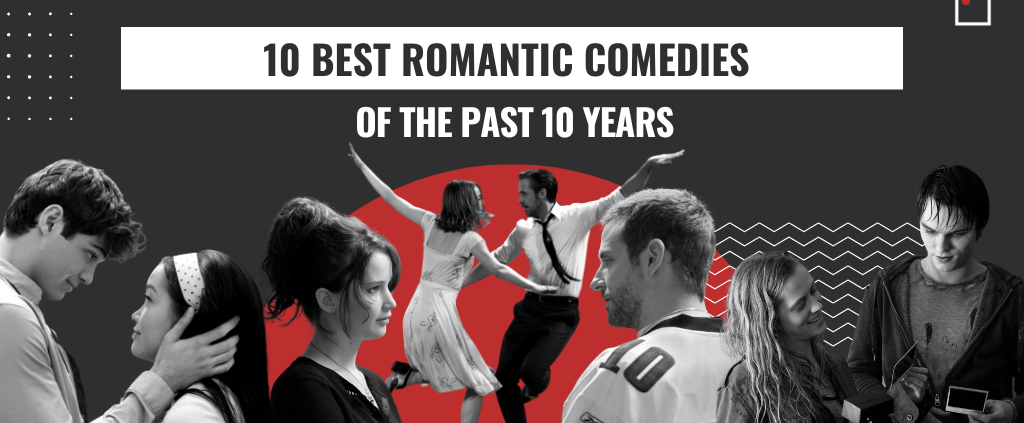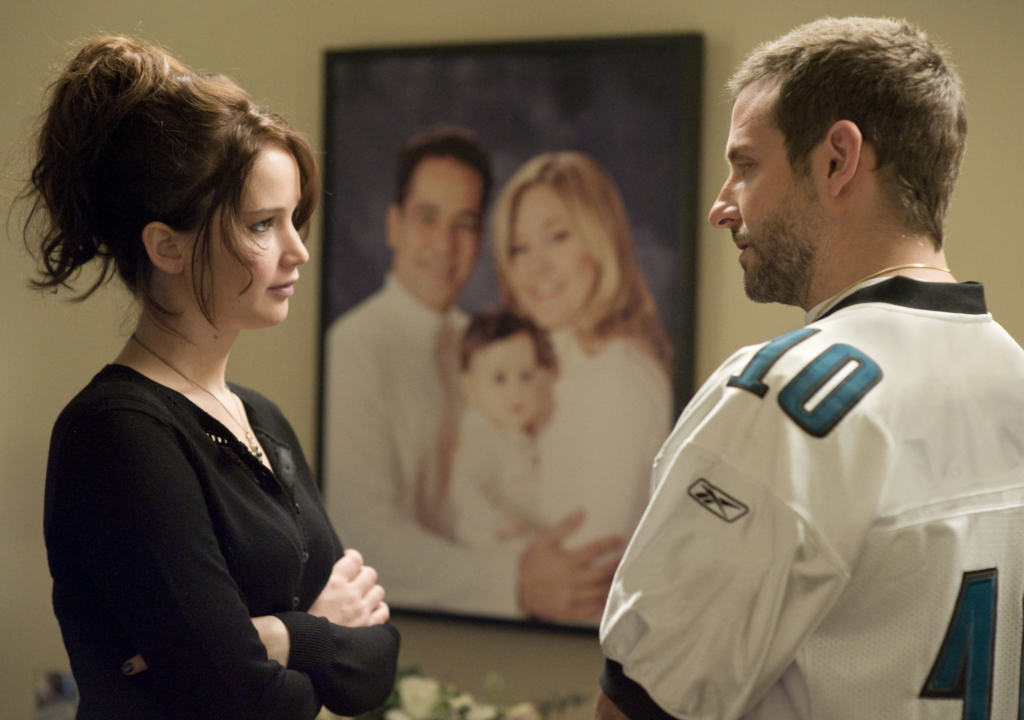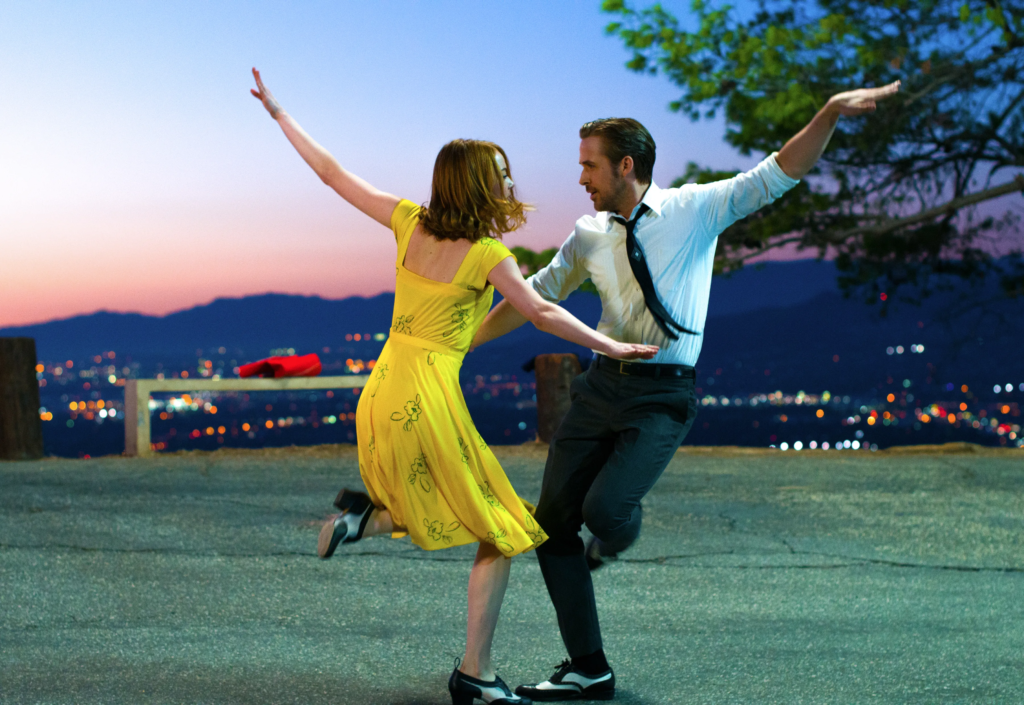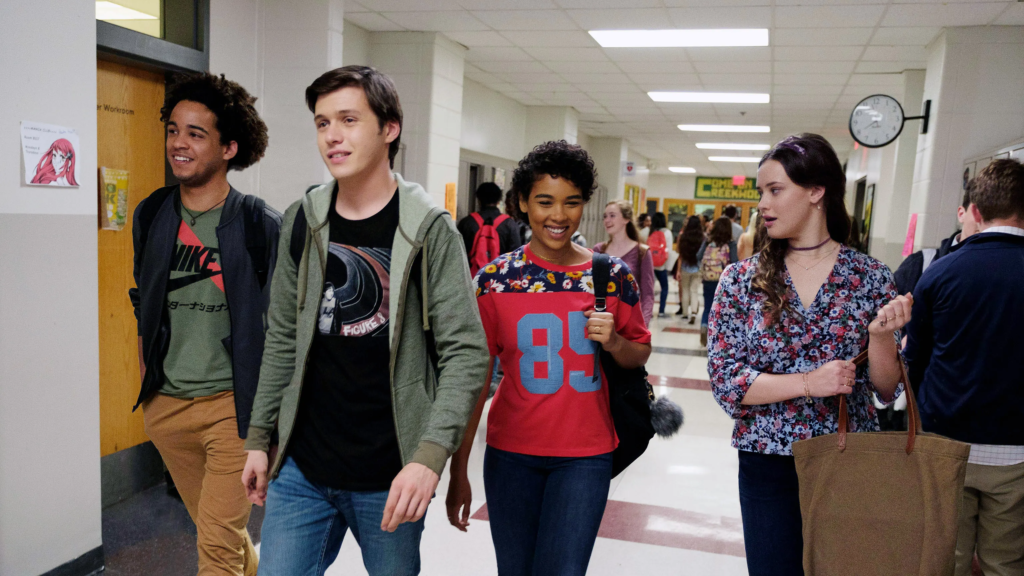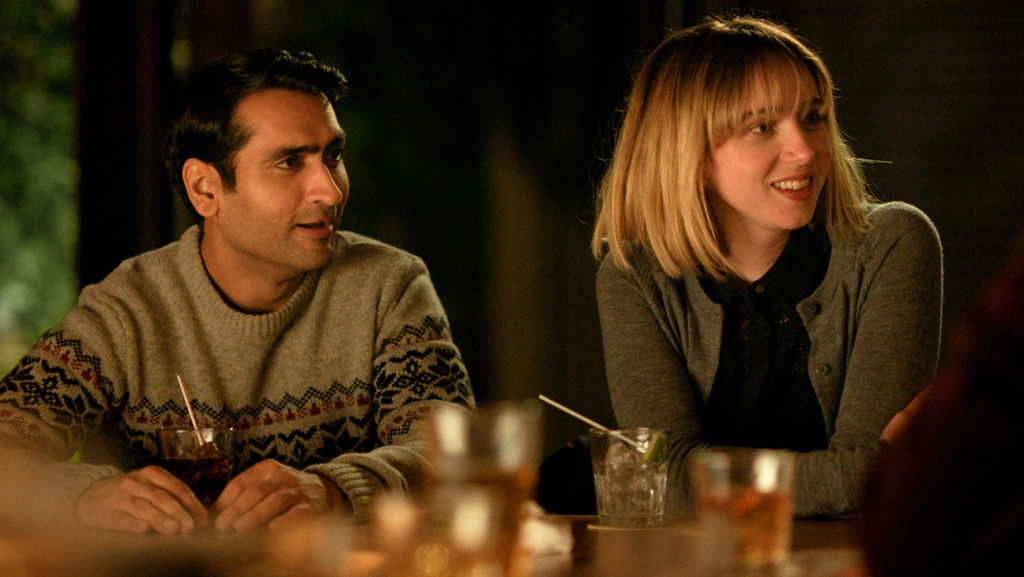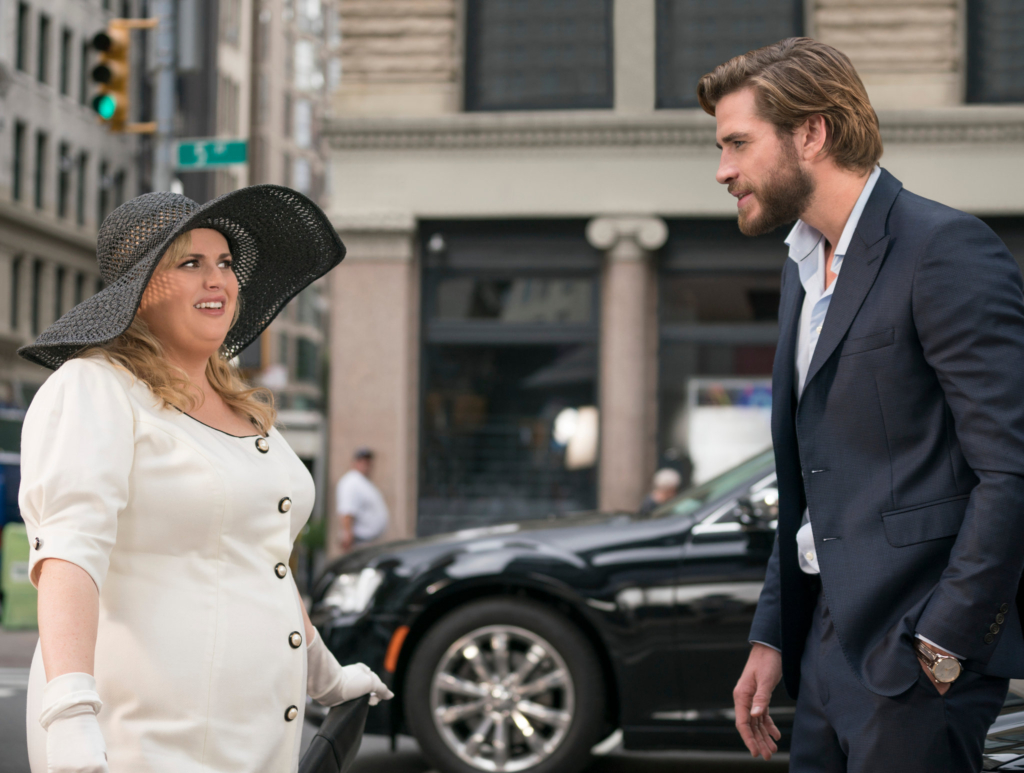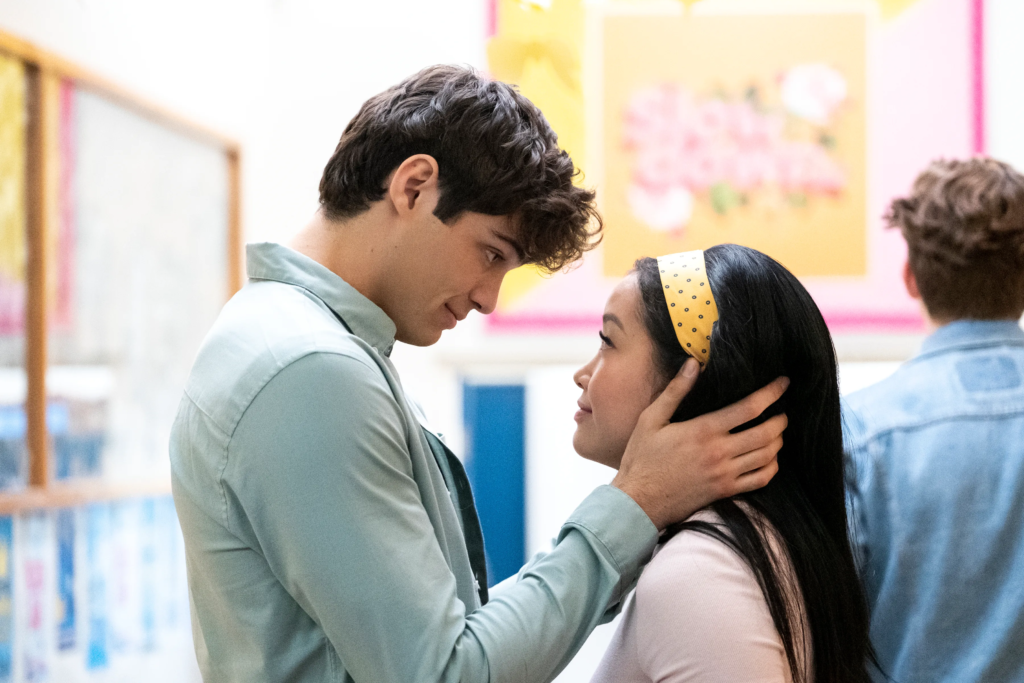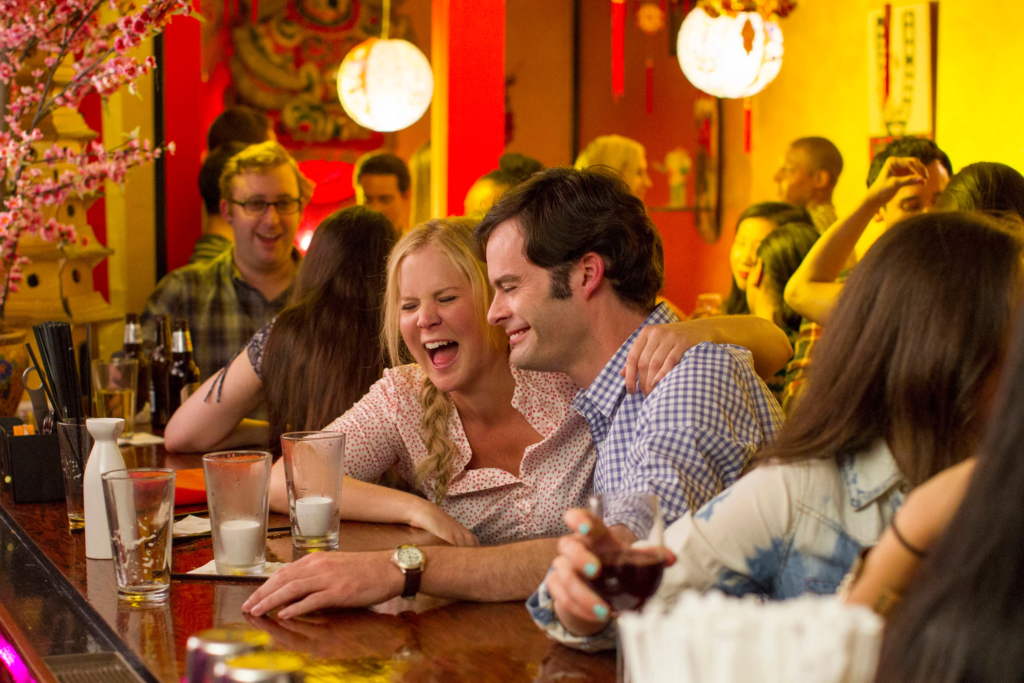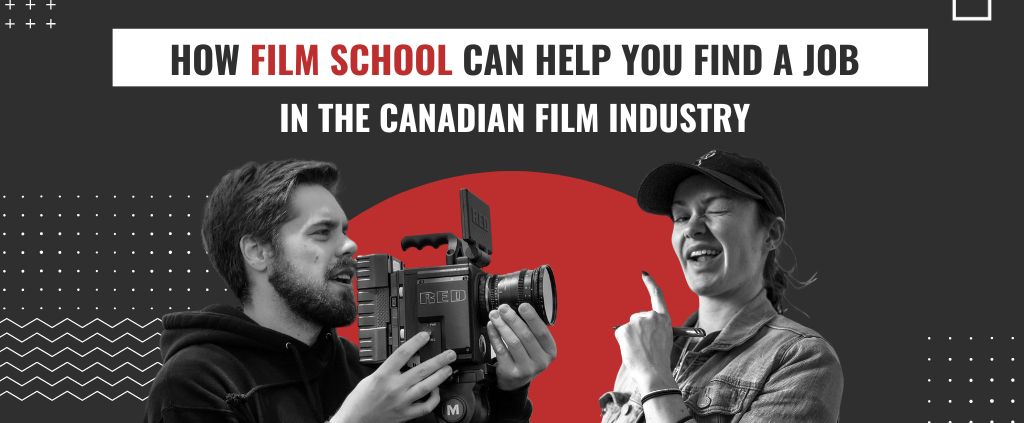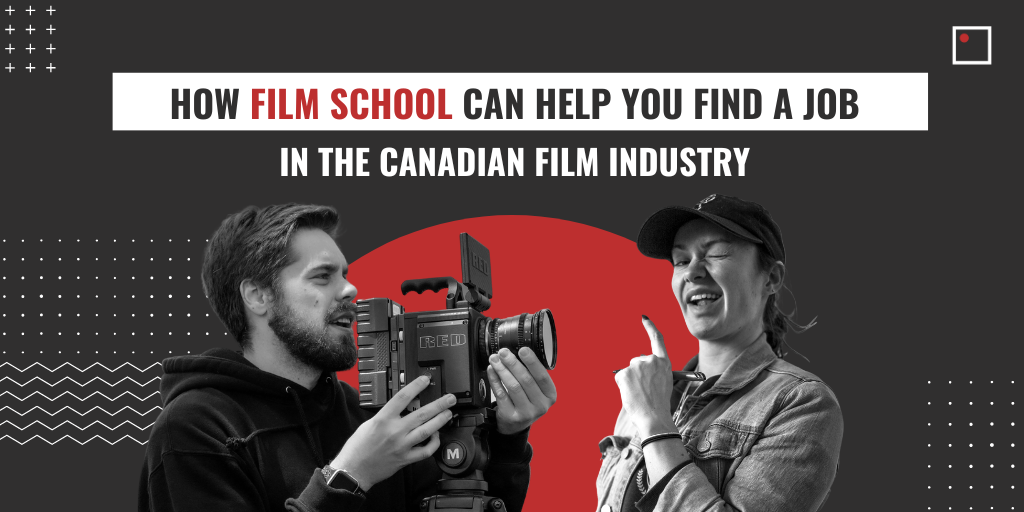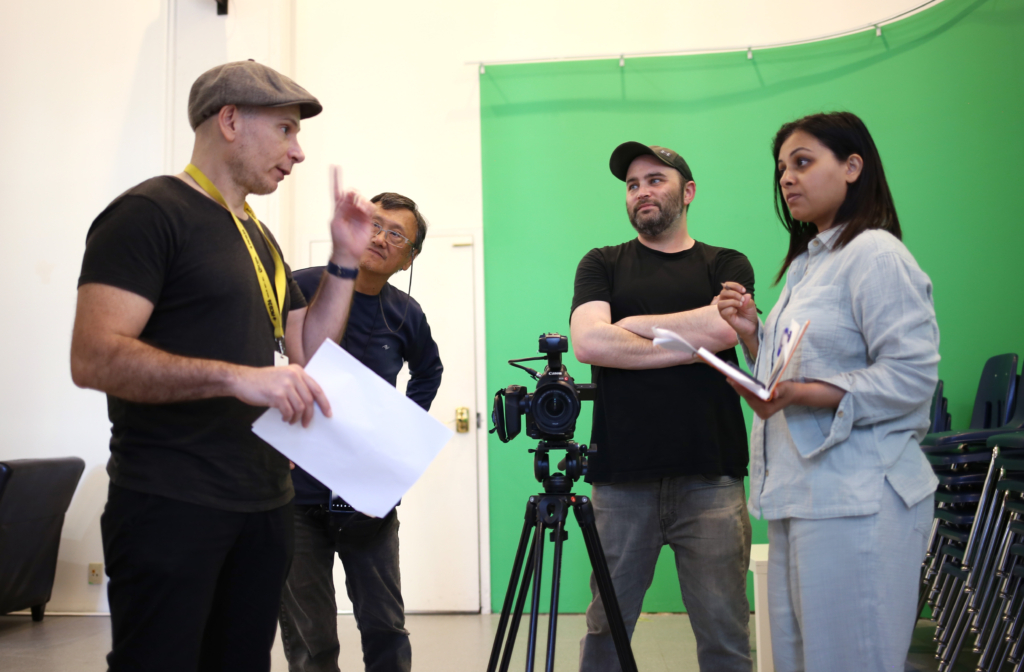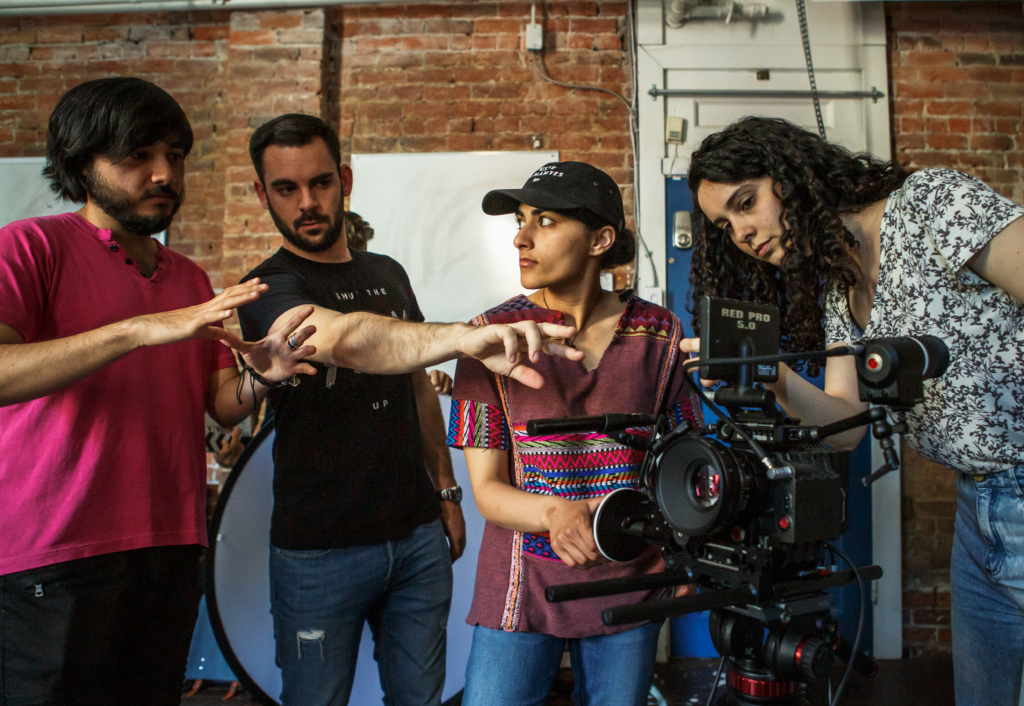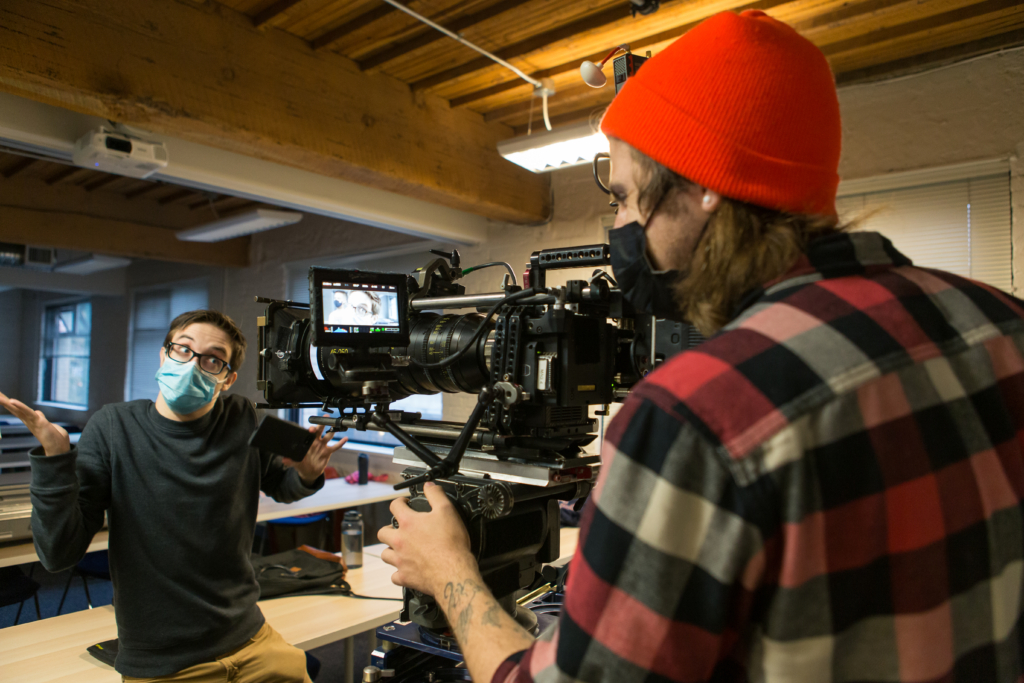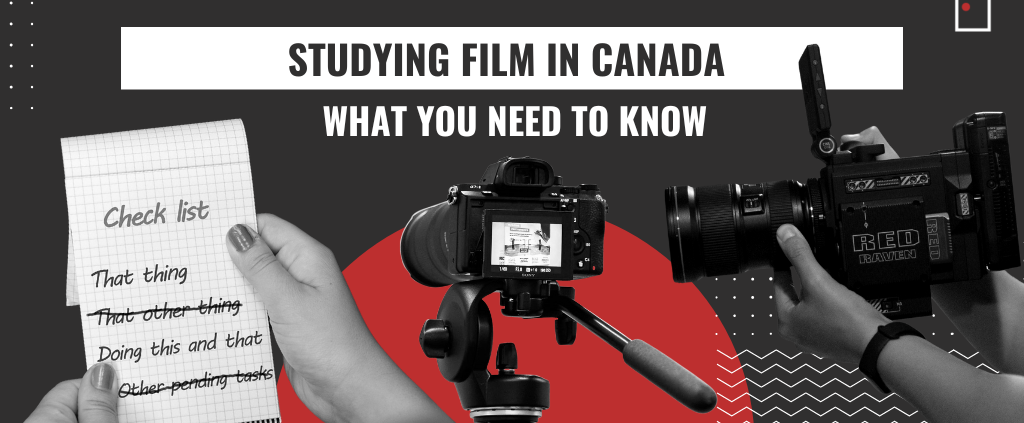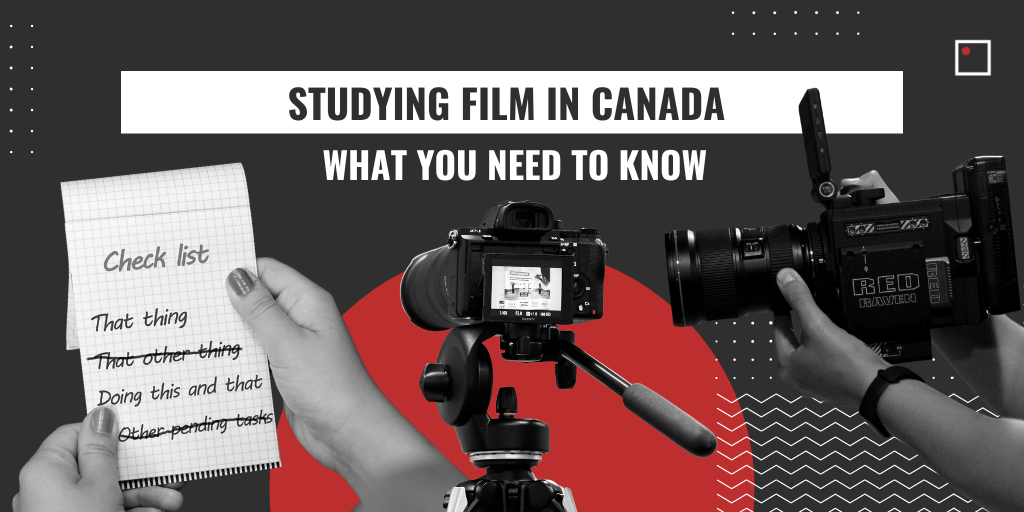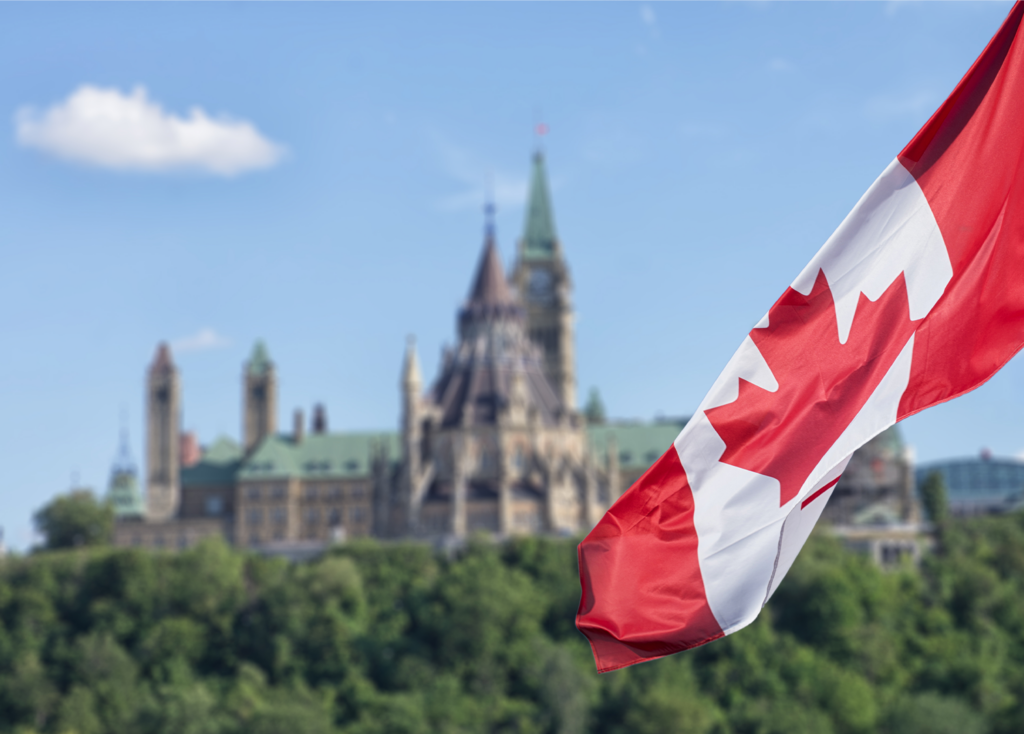Are you a young screenwriter looking for your first job in the industry? Or maybe you’re a cinephile who’s always dreamed of writing for film and television. Whatever your situation, if you’re wondering how to find a screenwriting job, this blog post is for you!
If you have a passion for movies and storytelling, then a career in screenwriting may be perfect for you! A job as a screenwriter can be extremely rewarding. But of course, landing that first job can be challenging. Nowadays, the main way that screenwriters find regular work in the industry is through TV industry. No matter if you’re interested in writing features films or writing for TV, we have some tips on how to find a screenwriting job in the industry you love most.
Study Screenwriting or Take A Class
If you have been dreaming of a career as a screenwriter, then now is the time to get started! Taking a screenwriting course will cultivate essential skills and techniques that can help you navigate and succeed within the global film & TV industry. In many of these courses, students get to learn how to write different types of scripts as well as how to pitch a screenplay.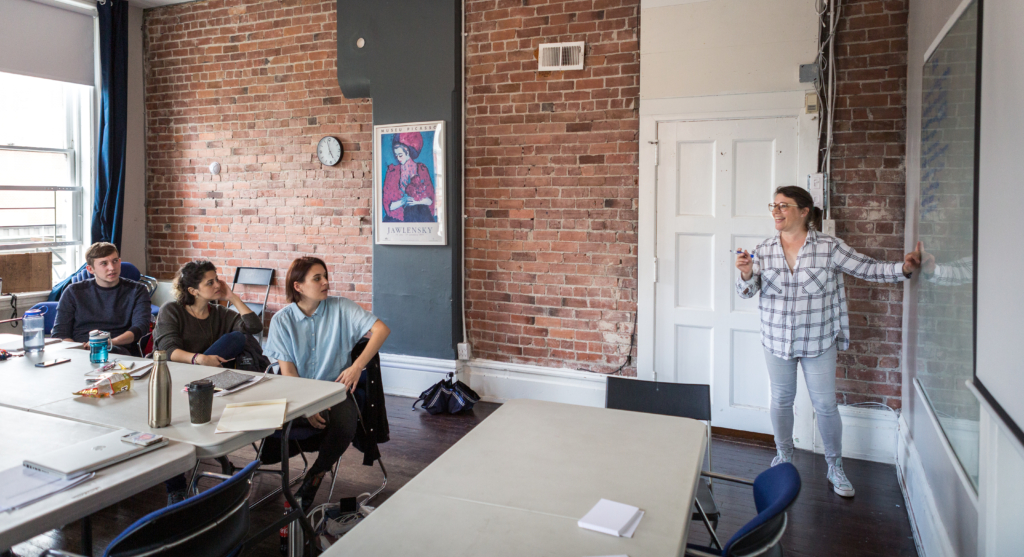
In addition, screenwriting classes will help you build a professional network. This will be particularly useful when landing a job in the exciting land of TV production. Similarly, if you’re more interested in writing for film, building your network may connect you to industry professionals. These inside connections can be crucial if you have a script that you’re looking to get off the ground!
Screenwriting Contests & Fellowships
Screenwriting contests are a great way to break into the film industry, such as the Academy Nicholl Fellowships or the PAGE International Screenwriting Awards. You will have the opportunity to show off your skills and abilities and gain recognition in the industry.
Not only could you be awarded fellowships or other awards, but many of the bigger competitions offer networking opportunities with top industry professionals. This is an invaluable asset when looking for a job in the film business. Creating relationships and having people who can vouch for you is one of the best ways to advertise yourself and get noticed!
Find a Mentor
Finding a mentor in the film and TV industry can be an invaluable tool for anyone trying to launch a career in screenwriting. Mentors offer first-hand experience and inside knowledge about how the industry works. They share useful tips and tricks for making your mark, and guide you through the process of finding a job.
A good mentor can be integral to helping you land that dream job in your preferred industry. First and foremost, mentors can giving advice on writing perfect resumes. They can also recommend different roles that you may not be aware of. Having access to this kind of reliable inside-knowledge can give you an edge over other applicants!
Network Often
Getting yourself out there and networking with industry professionals is an essential tool for those in the screenwriting field. By connecting with professionals such as producers, directors and other screenwriters, you can land a job or even form a project together. Not only does this help open doors to job opportunities, but it also allows you to stay up-to-date on the latest trends in the industry. Everyone has to start somewhere. Connecting with professionals in your industry can give you an advantage and streamline your efforts. It may take time to build relationships with industry professionals, but in the end, you’ll be glad you did!
Job Websites
Not surprisingly, turning to job websites can be a great source for finding employment or locating new projects. Websites like Indeed are all great resources for finding screenwriting jobs. These sites offer job postings from production companies, networks and studios that you may have never heard of before. Through these sites, you can quickly search for jobs in your area or any city across the world.
Film Unions / Guilds
Joining a union is a great way to take your screenwriting career to the next level. It provides access to a professional network which can be invaluable when looking for screenwriting jobs. Plus, with lower costs and extensive benefits, it can be easily worth the investment!
Joining the Writers Guild of Canada is an effective way to take your screenwriting career to the next level. Not only can it establish you as a professional in the industry, but it also gives you access to job opportunities through networking. When you join, you become part of an exclusive network of professionals living and working across Canada. With their support, and the services at your disposal as a member, landing that dream screenwriting job is just within reach.
As well as the Writers Guild of Canada, there are other organizations out there to help advance your opportunities as a writer. The Canadian Freelance Guild is a network where freelance workers can gain access to work opportunities and professional development, along with other opportunities for networking. The Academy of Canadian Cinema & Television is another great organization that offers professional development programs, talent activation initiatives, and networking opportunities. They also host the WBD Access x Canadian Academy Writers Program, focusing on elevating the careers of experienced Canadian writers from underrepresented communities.
Join a Screenwriting Group
You’re not the only screenwriter out there trying to make it big. So, why not find other like-minded to align with? Joining a screenwriting group is an excellent way to hone your skills and get involved in the industry. Here, you can share your skills, knowledge, and advice with other writers who are likely to have similar goals and dreams.
Another great and often overlooked avenue for finding screenwriting gigs is through social media, such as Facebook groups. For example, industry hubs like Vancouver & Toronto have a variety of different film-related Facebook groups to join. These groups are often frequented by other creators looking to fill a position for an upcoming project. With effective networking and outreach on Facebook and other social media platforms, you’ll find yourself better-equipped to find a job in screenwriting.
There are no guarantees of success in the screenwriting industry. However, with hard work, dedication and a reliable network, you can give yourself the best chance find a screenwriting job. With access to resources like screenwriting contests, film school, networking events and job websites, you’ll be ready to start your journey as a screenwriter.
Related Articles:
5 Screenwriting Contests That Can Launch Your Career
How To Pick The Best Screenwriting School
How To Write Screenplays: Nine Steps
Parks and Recreation Writer Norm Hiscock Talks About Becoming a Comedy Writer
TALK TO A PROGRAM ADVISOR
By submitting this form you are agreeing to be contacted by InFocus Film School. We will never sell or distribute your information, and you may opt-out of receiving emails from us at any time. Read our Privacy Policy here.


